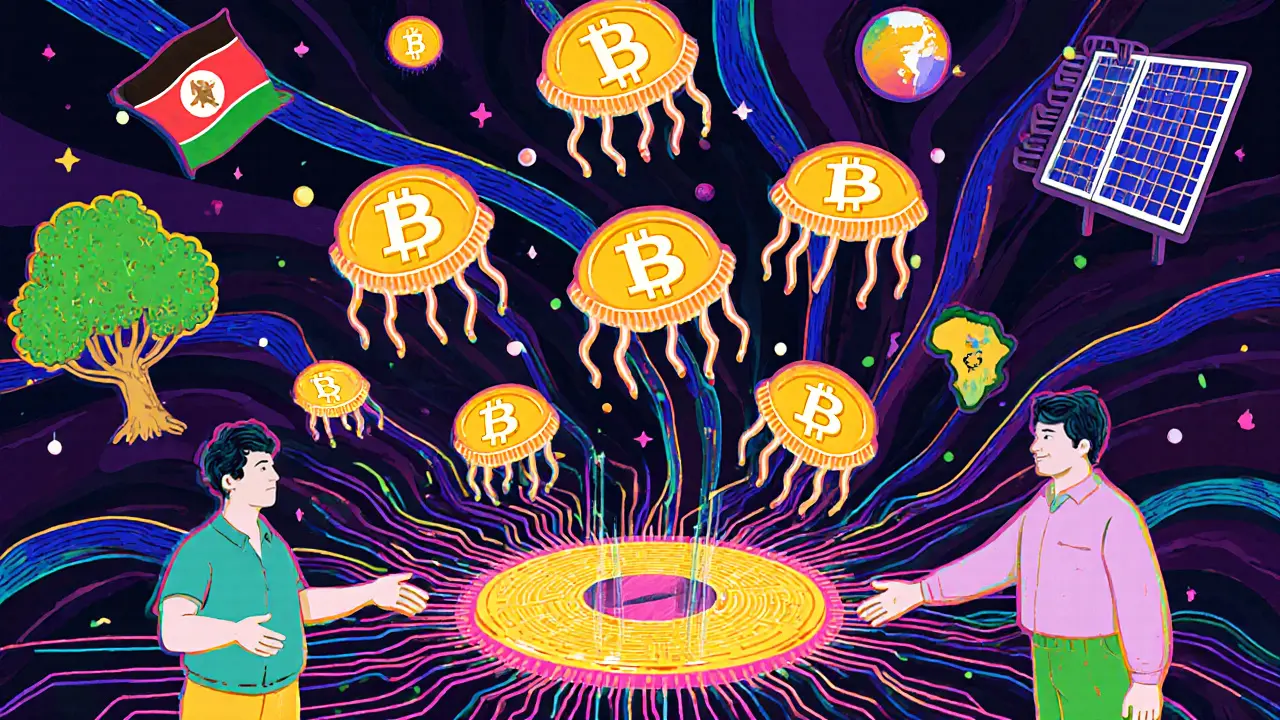Blockchain Carbon Credits: How Blockchain Is Tracking Carbon Offsets in 2025
When you hear blockchain carbon credits, digital tokens representing verified reductions in greenhouse gas emissions, tracked on a public ledger. Also known as carbon credit tokens, they let companies buy, sell, and retire offsets without relying on slow, paper-based systems. This isn’t science fiction—it’s happening now, with real projects tying carbon reductions to blockchain records so no one can double-spend or fake them.
These tokens are a type of real-world asset tokenization, the process of turning physical assets like land, bonds, or carbon offsets into digital tokens on a blockchain. It’s the same idea behind tokenized gold or real estate, but applied to climate action. Projects that plant trees, capture methane, or switch to clean energy can now issue tokens that represent the carbon they’ve removed. Investors and corporations buy those tokens to meet sustainability goals. And because the blockchain records every transfer, there’s no guessing whether the offset is real. That’s why big players like RWA tokenization, a growing market where real-world assets like Treasuries and carbon credits are being turned into digital tokens are pushing hard into this space. In 2025, the market for tokenized real-world assets hit $34.86 billion—and carbon credits are one of the fastest-growing pieces.
But not all carbon credits are equal. Some are built on public chains like Ethereum, where anyone can verify the data. Others use private ledgers, which defeats the point of transparency. And some are outright scams—fake projects issuing tokens with no real-world backing. That’s why the best projects tie their tokens to verified standards like Verra or Gold Standard, and make the data public. You can’t just say you planted a forest—you need GPS coordinates, satellite images, and third-party audits on-chain.
What you’ll find below are posts that cut through the noise. You’ll see how carbon credits connect to tokenized assets, how regulations are shaping their use, and which projects actually deliver on their promises. No fluff. Just what works, what doesn’t, and why it matters in 2025.
How Carbon Credit Trading on Blockchain Works in 2025
Carbon credit trading on blockchain turns verified emissions offsets into digital tokens, enabling transparent, instant, and fractional trading. Learn how it works, key platforms, and why quality matters more than tech.
